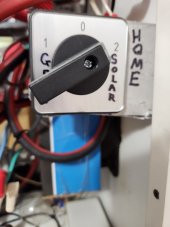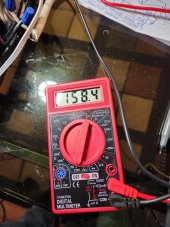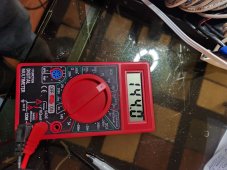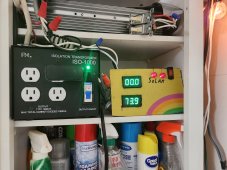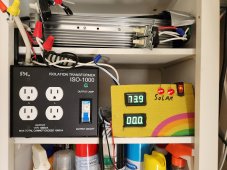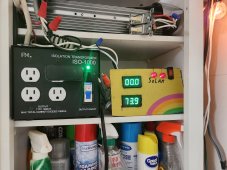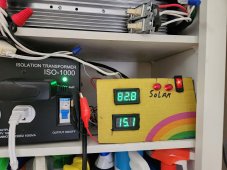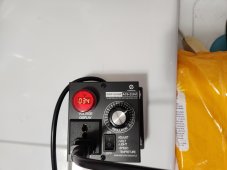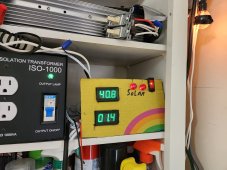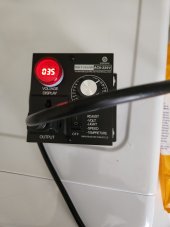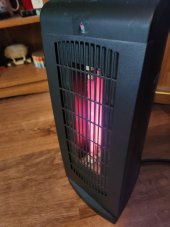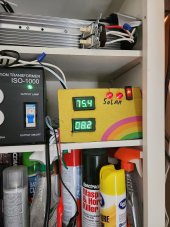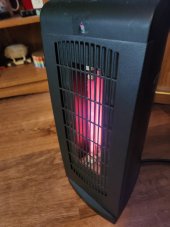GridWorks Green Solar
Solar Innovator
Reorganizing both old and new solar power systems to maximize summer time usage and savings.
Will make a serious effort to automate the whole thing sending after hours loads directly to grid is a big part of the plan.
Also have a master home Grid-Off-Solar switch that needs extended to the new directly driven solar system. One switch to totally bypass everything solar just in case it would be needed.
More to come ?
What is happening right now at 4PM late in the day and cloudy (Big power 1130 watts and zero secondary ?), Home bypass switch picture.
Will make a serious effort to automate the whole thing sending after hours loads directly to grid is a big part of the plan.
Also have a master home Grid-Off-Solar switch that needs extended to the new directly driven solar system. One switch to totally bypass everything solar just in case it would be needed.
More to come ?
What is happening right now at 4PM late in the day and cloudy (Big power 1130 watts and zero secondary ?), Home bypass switch picture.
Attachments
Last edited:




